Final Reflection
Projects:
| Project | Repo |
|---|---|
| Project 1 Audacity: | https://github.com/paullewis2013/soundscape2022spring |
| Project 2 GIMP: | https://github.com/paullewis2013/visual-argument-2022spring |
| Project 3 Website: | https://github.com/paullewis2013/Portfolio/tree/engcmpCDM_overhaul |
| Consolidation Project Chrome Extension: | https://github.com/paullewis2013/NewTabChrome |
Reflection:
Over the course of the semester I had the opportunity to learn a lot of new skills and solidify many of my existing ones in digital media. As we moved from unit to unit we tended towards some of my stronger skills so the projects got progressively more comfortable for me. In the first project using audacity, I had very little previous experience and this would be the one I struggled with the most. My background as a CS major and working as a software developer during my internship meant I already had experience using git and github so this part at least felt natural. Audacity does not particularly lend itself to version control though so this had little effect overall. The biggest obstacle in this project was recording the sounds I wanted from myself, my roommates, and our cats. It was one thing to write a script for how I wanted my audio narrative to go, but another thing entirely to try to make that work with the sounds I had available to me. In the end, I believe this was the project I was least proud of.
My final Audacity project layout looked like this:

The next project was moving into an area where I felt much stronger working. I had learned how to use photoshop in high school and have worked with GIMP before but only as parts of larger projects. Many of the tools in photoshop have analogs in GIMP and the biggest learning curve was learning the new workflow as I already understood more or less what I intended to do. I worked with things like layer masks and color manipulation to create the image I had in my head when I started. With a bit of time leftover I couldn't help myself and decided to get to the github pages work earlier than I needed to. In the bottom corner of my image I included a qr code — these are much easier to generate than I realized – which linked to the domain of a github pages site I then created. This site included further reading about the topic of urban planning and the harms related to car dependence which was a nice way to weave in some of the benefits of working with digital mediums by including a reference to more material. It was also a nice way to warm up for some more serious web development work to come.
My final GIMP project looked like this:

The third project was my favorite and also easily the one I am most proud of. I have been working with github pages since I was in high school and I already had an existing portfolio site I was excited to overhaul. I created a new branch for my changes and got to work refactoring the entire site. One of the main things I wanted to include was a new section I called 'development stack'. This was a list of languages and technologies I'm familiar with that I can incorporate into future projects or work that I do. Over the course of the semester I actually learned several more things which I later included on this list. I included programming languages, data science languages, design languages, javascript libraries, and miscellaneous software that I like to use. Once I completed my list I went out and found icons for each of the items and properly attributed them in my readme, another piece of my repository that I hadn't gotten around to making before this overhaul. One interesting thing about this work was how much of what I did exists completely behind the scenes. While you might notice the nice new CSS flex layouts and svg animations that I added, the improvements to code and repository structure are less obvious. The html and css code are both much cleaner and my git commit messages are much clearer than they used to be too. I even included a gitignore file to get rid of some miscellaneous junk that exists in macOS directories that's been cluttering my repo for years. I think the biggest overall difference to the portfolio is the inclusion of per project landing pages. These were an interesting challenge to create and as I realized that I would be adding more projects in the future I decided to write a node.js script that would generate the html for me. This script is called compile.js and every time that I run it, it will populate a subdirectory with a webpage for each individual project all generated from individual json files. I'm very happy with the improvements I made to my portfolio and the new look of the site. Even after all that, there are still lots of things I'd like to add which I've listed in a markdown checklist inside the repo's readme file.
My website is live at https://paullewis2013.github.io/Portfolio/
Here is a side by side comparison of the code in the two branches to show how the structure has changed:


The final consolidation project offered a chance to try something new so I decided to use my skills with GIMP and web dev technologies to create a chrome extension. The extension I wanted to create would overhaul the default new tab page with a simple clock overlaid on top of an image I pull from a set I curated from Unsplash under the Unsplash license. Building a chrome extension is remarkably similar to creating a website. The main difference is a mainfest.json file which lists the specifications for the chrome extension and which areas of the chrome API the extension will have access to. Unlike a typical website, I used the chrome API to access local storage where I stored information like whether or not the user wanted the clock to be visible or which photos to include. The next interesting aspect of this project was that I had an opportunity to publish my finished product on the chrome web store rather than just keep it running locally in development mode. I created an account and registered it as a developer for the chrome web store and then packaged up my code and submitted it for review. Unfortunately, the extension was initially rejected as I incorrectly filled out the manifest file and relied on several deprecated API methods. During the process, I did get to learn a lot about what goes into the review and publishing of code for online platforms like the chrome web store and issues like security and user permissions. Fortunately, the mistake I made when packaging was very easy to fix and I have since resubmitted my extension for review. Although it is not live at the moment, I expect that it will be available soon.
Here is a screenshot of what the chrome extension looks like when run locally:

In the end, I learned a lot about digital media and found exciting ways to tie the different units together to create new things I've never had a chance to try before. I'm especially proud of the final two projects. The skills I refined during this class will be something I continue to use for a long time.
 Here is my audacity layers screenshot.
Here is my audacity layers screenshot.  Here was the final version of my visual project.
Here was the final version of my visual project. This is what my website looked like before I learned we could use bootstrap...like I said before, I'm not the best at web design.
This is what my website looked like before I learned we could use bootstrap...like I said before, I'm not the best at web design.  You can see this above or here:
You can see this above or here: 

 Commit:
Commit:  Commit:
Commit: 
























 For my final consolidation project, I wanted to do something I had wanted to try out for a while and that was photoshopping myself with celebrities. I thought it would be a really fun concept and it turned out better than I thought. GIMP in particular I truly wanted to get better at using. I love editing the photos and this final project helped me with that. Being able to use editing tools like dodging and burning and healing helped me with experience. Also figuring out how to match photos so they looked alike was very challenging. Choosing this as a consolidation project was absolutely worth it and I will definitely continue to use GIMP in the future.
For my final consolidation project, I wanted to do something I had wanted to try out for a while and that was photoshopping myself with celebrities. I thought it would be a really fun concept and it turned out better than I thought. GIMP in particular I truly wanted to get better at using. I love editing the photos and this final project helped me with that. Being able to use editing tools like dodging and burning and healing helped me with experience. Also figuring out how to match photos so they looked alike was very challenging. Choosing this as a consolidation project was absolutely worth it and I will definitely continue to use GIMP in the future. 



 For this last project, I was unsure of what I wanted to do, but I knew I wanted to revisit the GIMP software to try and create something else. After brainstorming, I figured I could make a flyer for one of my favorite small businesses here on campus, JJ Poke. Anyone who knows me, knows I love this place. I knew the basics from the previous image I made, however instead of doing a kind of flowy path for the phrases, I wanted one in a circle, playing on the phrase, "Poké makes the world go round". I was able to use what I know from the path and text tools in the past and elevate it a little more by filling in the letters this time. I also used the same noun project website for the little icons. As well, in my baseline criteria, I definitely wanted a QR code this time. I saw a good amount of people do it in the first GIMP assignment and figured it would be appropriate for this one. Lastly, I wanted to follow the main color scheme for the restaurant itself, as it includes lots of bright colors like blues, oranges and yellows in their own marketing. Overall, I was able to use the last little time we had to complete this poster that I am satisfied with.
For this last project, I was unsure of what I wanted to do, but I knew I wanted to revisit the GIMP software to try and create something else. After brainstorming, I figured I could make a flyer for one of my favorite small businesses here on campus, JJ Poke. Anyone who knows me, knows I love this place. I knew the basics from the previous image I made, however instead of doing a kind of flowy path for the phrases, I wanted one in a circle, playing on the phrase, "Poké makes the world go round". I was able to use what I know from the path and text tools in the past and elevate it a little more by filling in the letters this time. I also used the same noun project website for the little icons. As well, in my baseline criteria, I definitely wanted a QR code this time. I saw a good amount of people do it in the first GIMP assignment and figured it would be appropriate for this one. Lastly, I wanted to follow the main color scheme for the restaurant itself, as it includes lots of bright colors like blues, oranges and yellows in their own marketing. Overall, I was able to use the last little time we had to complete this poster that I am satisfied with. 












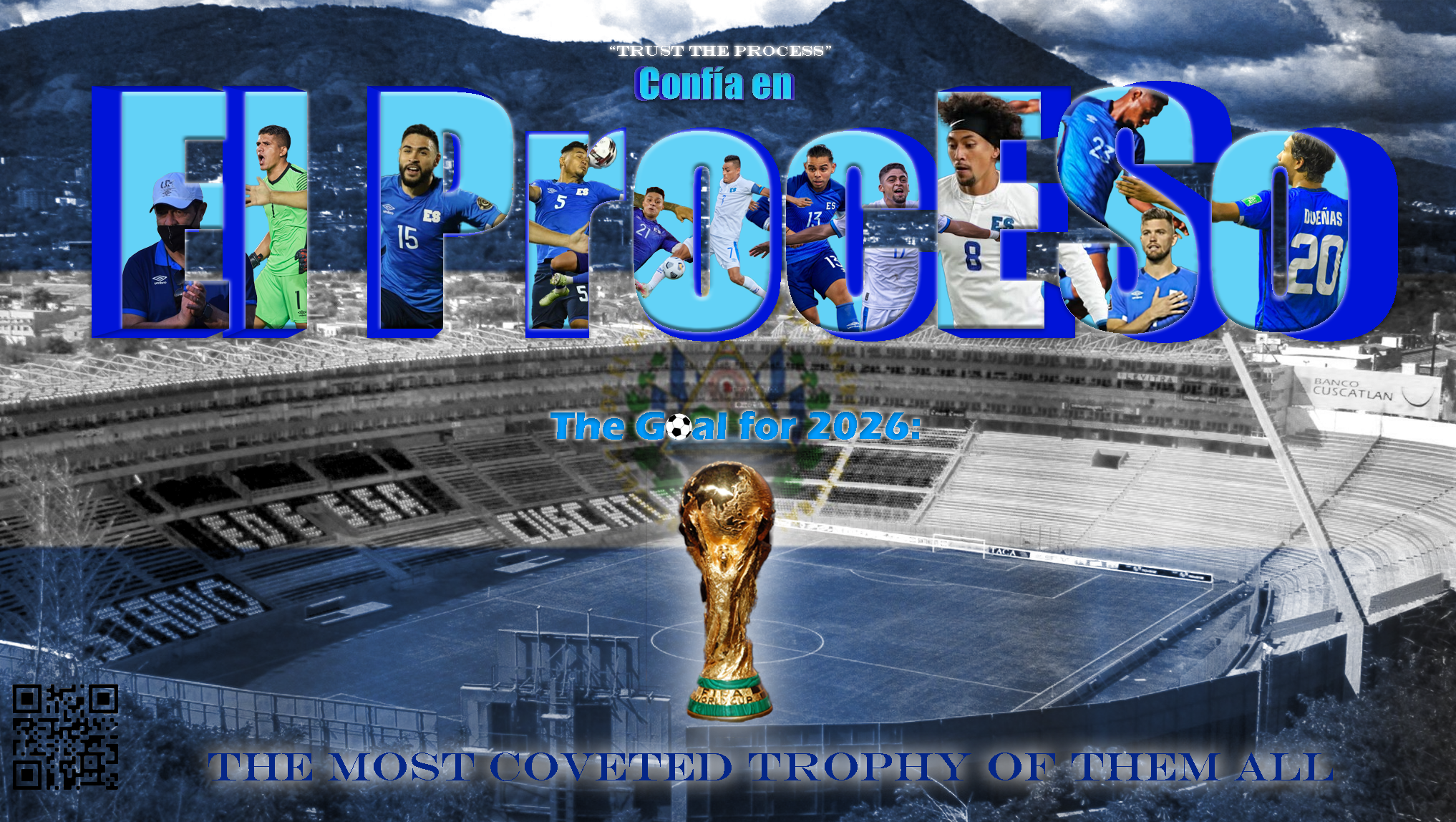



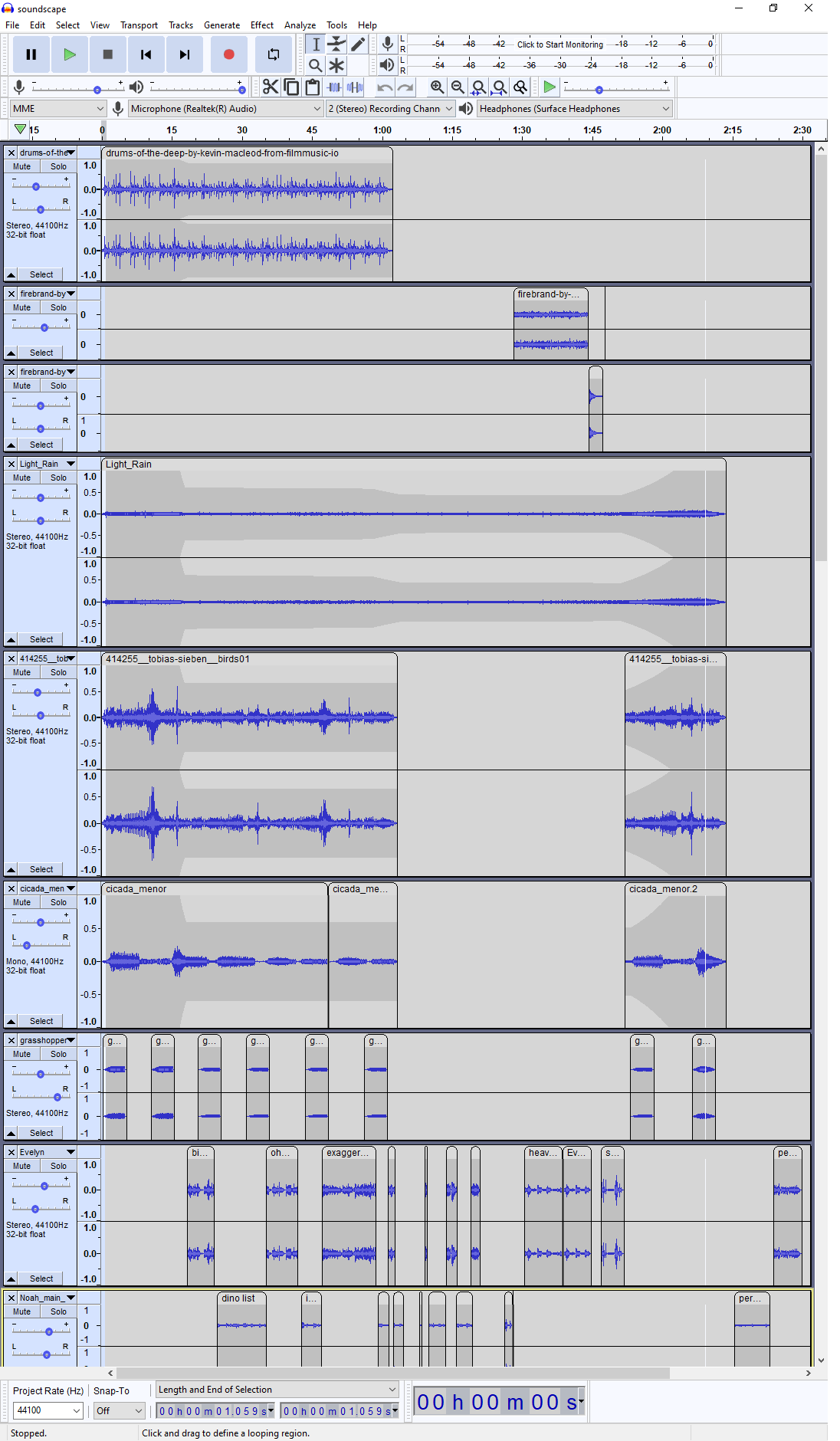
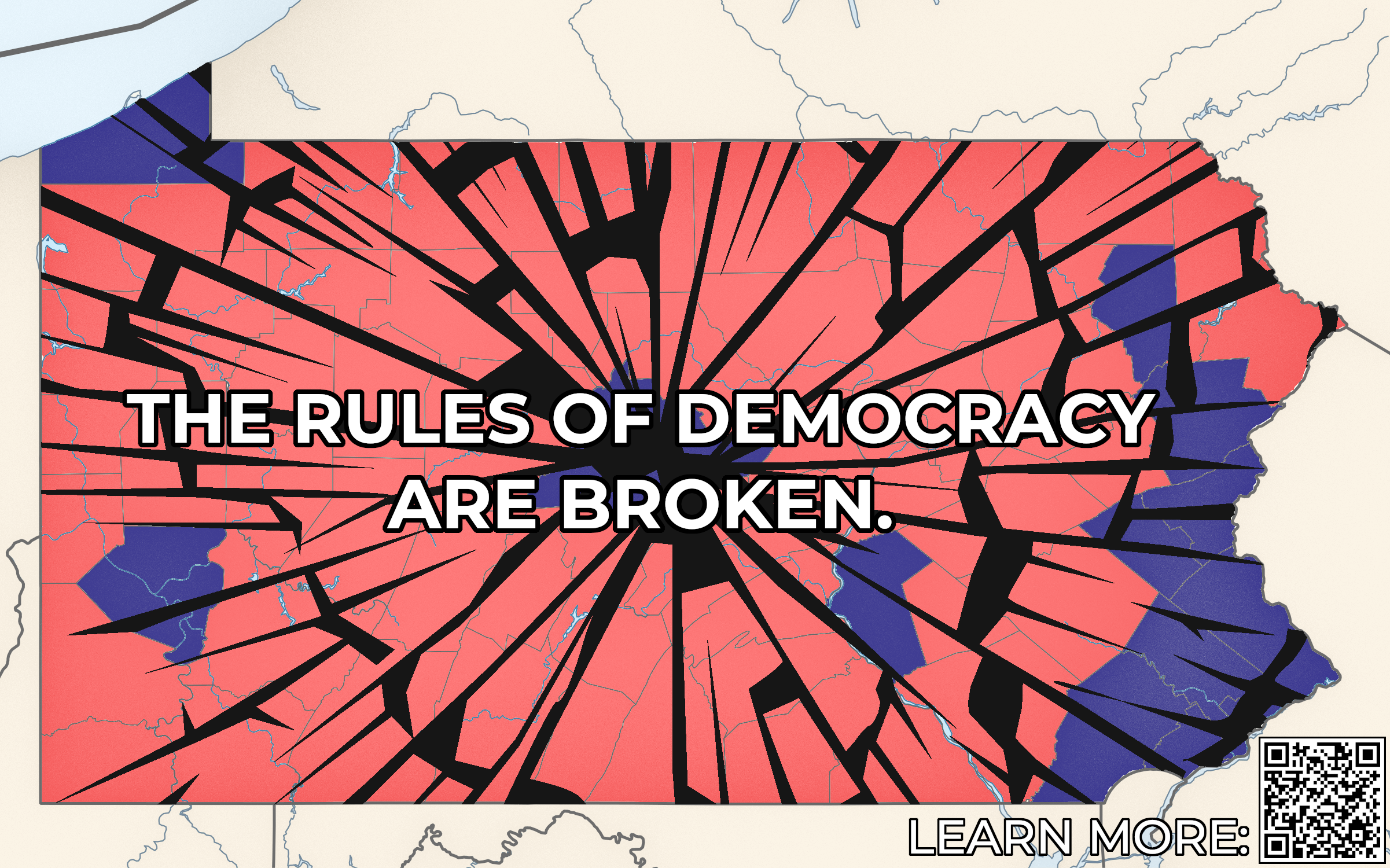
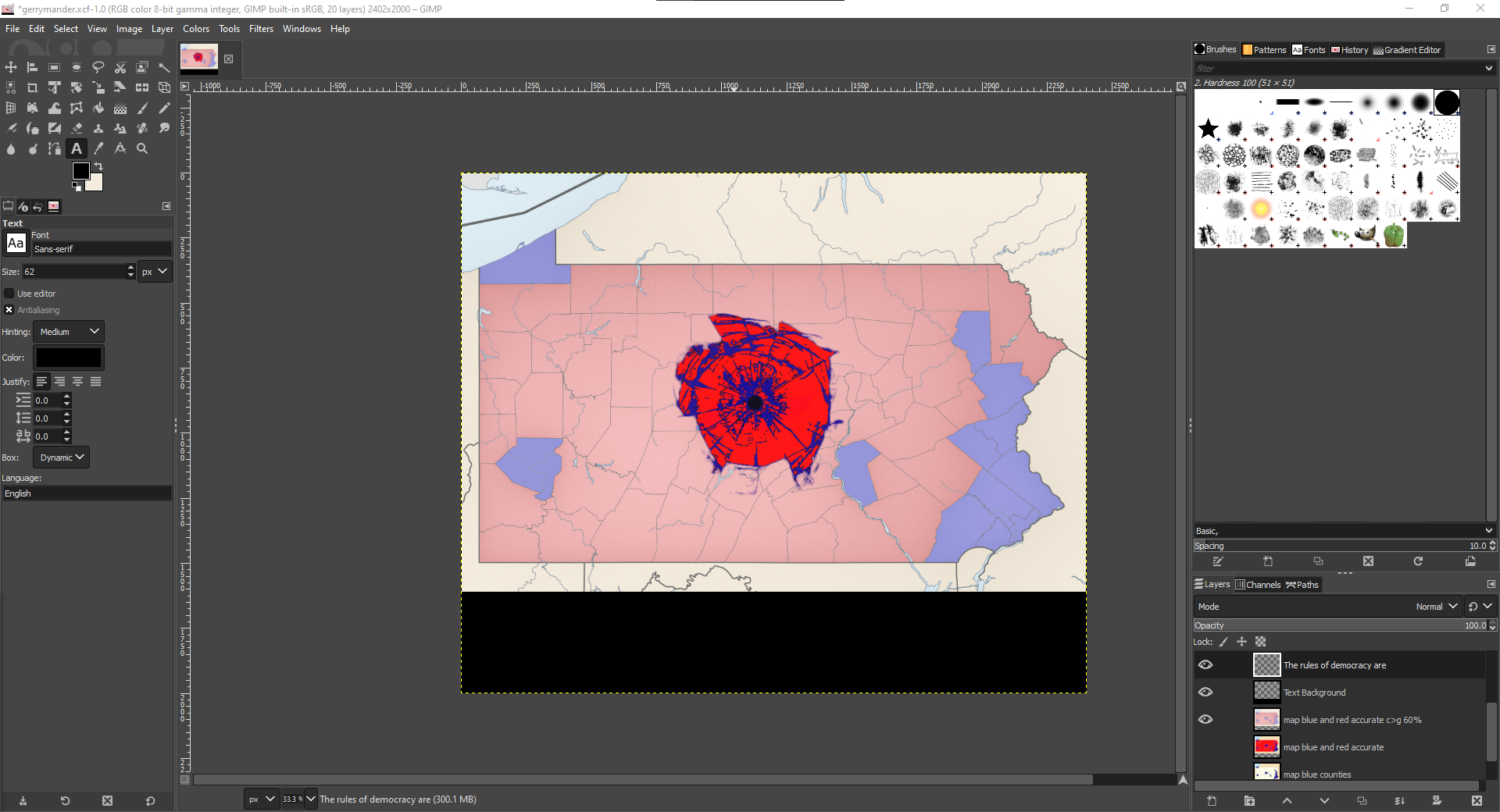



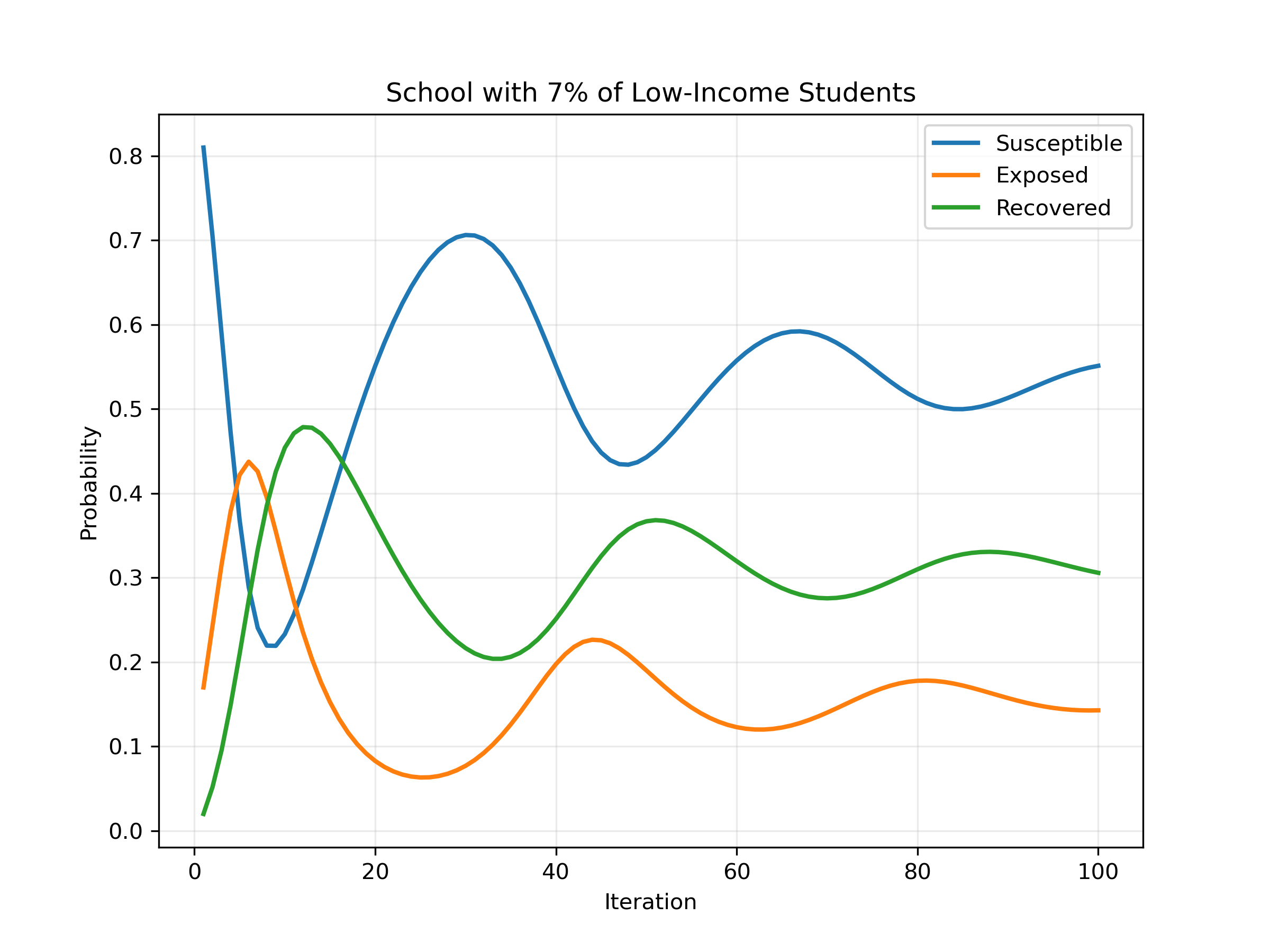
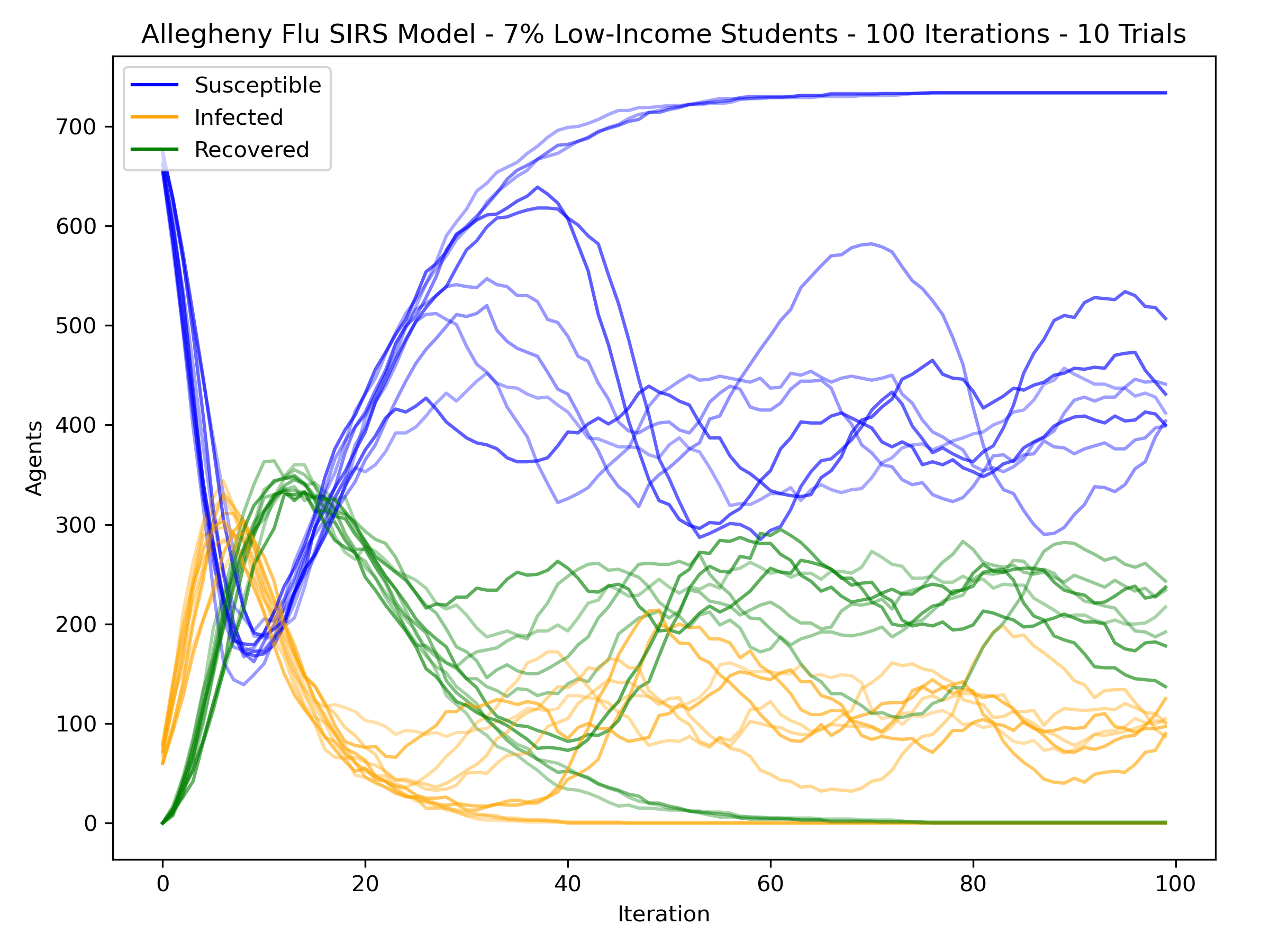
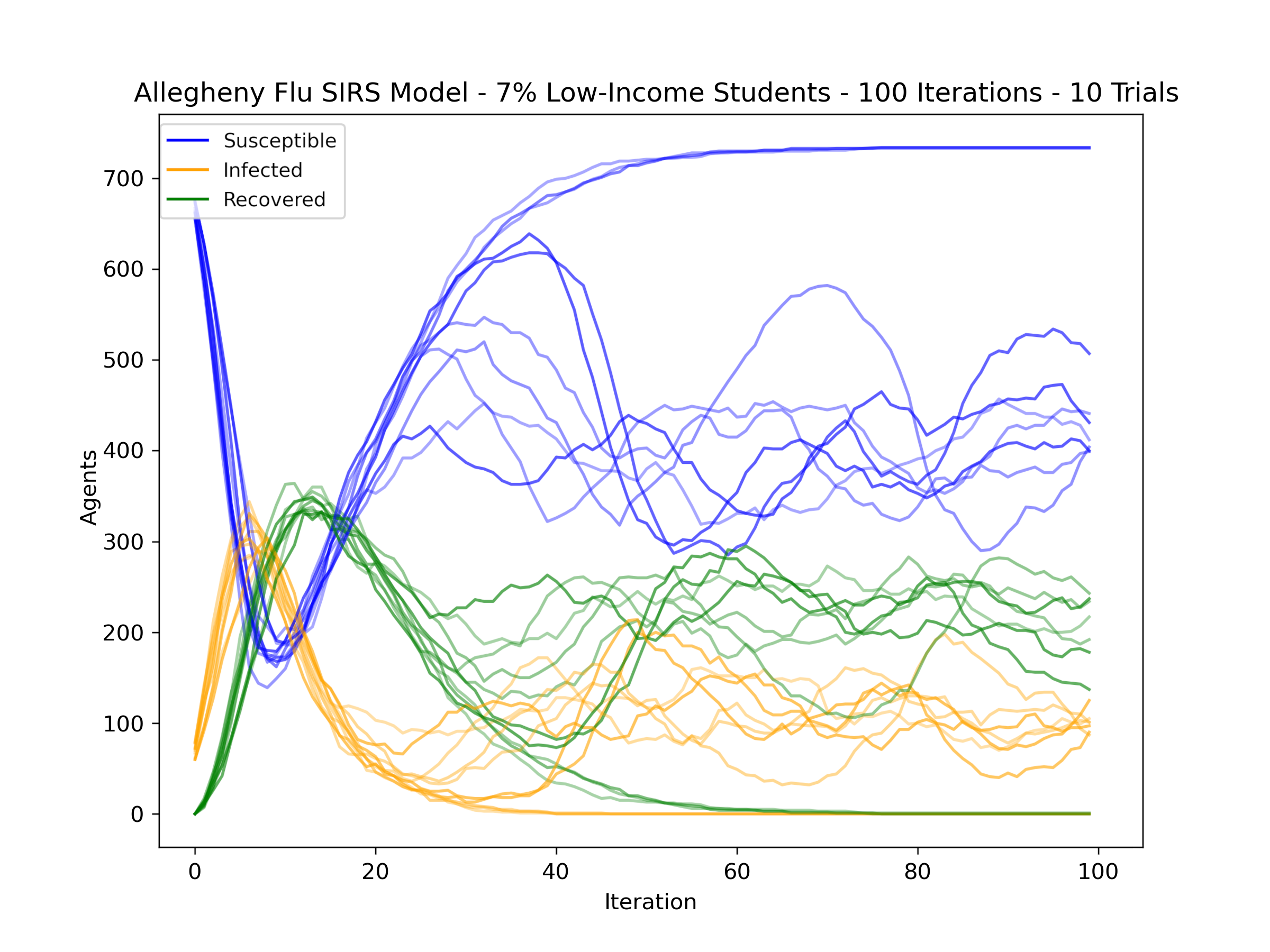















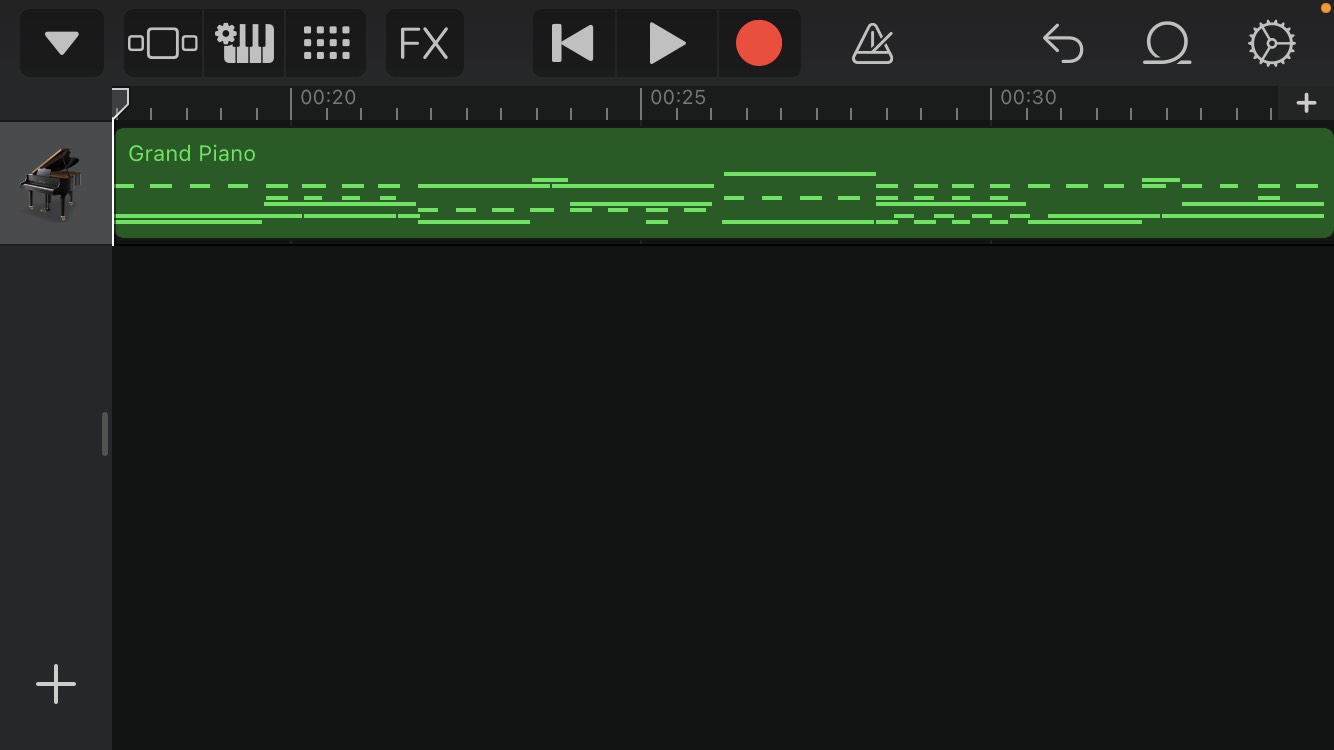
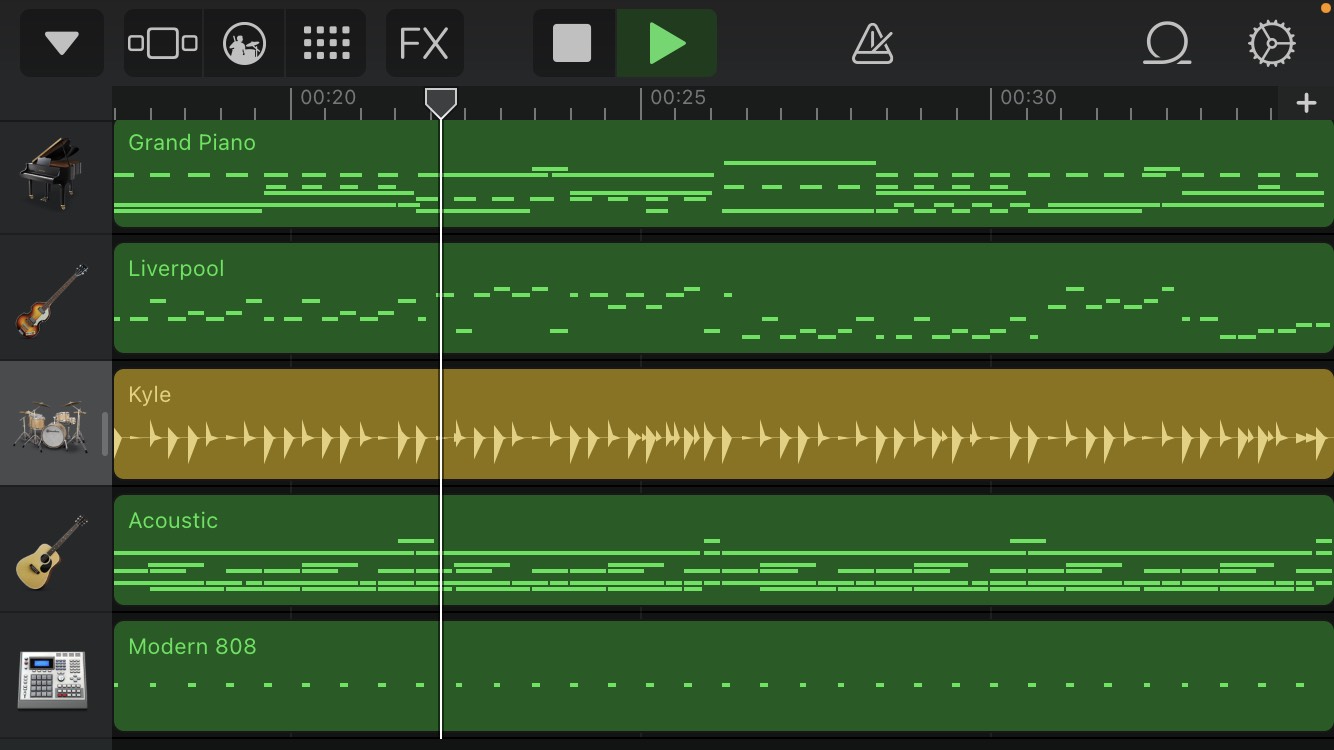
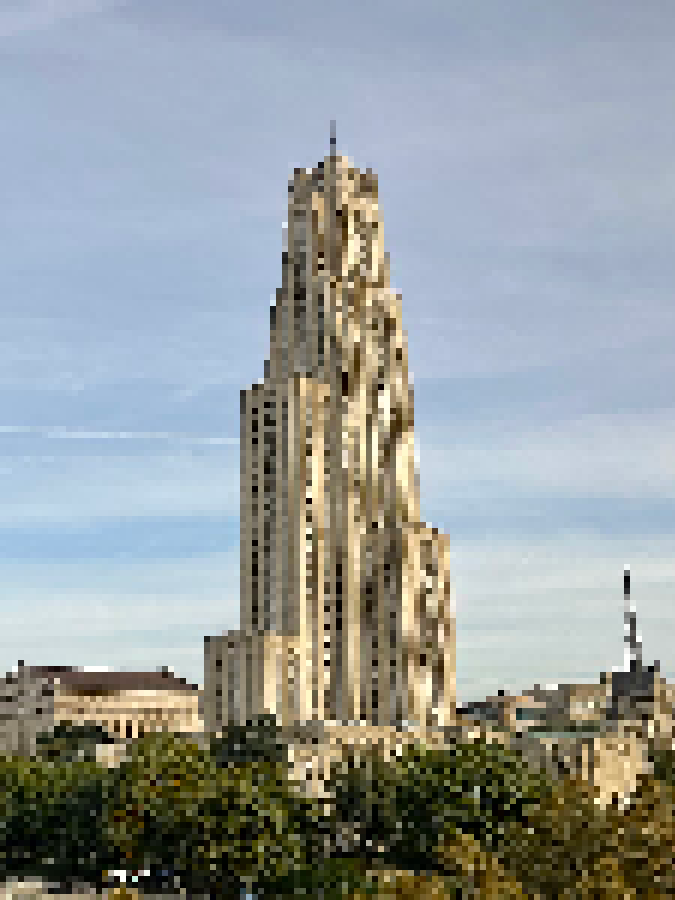
By the end of our final exam slot, please reply to this thread with a single post containing the following:
PS: In addition to the portfolio, or as preparation for it, please do take the end-of-term version of the Tech Comfort Survey – among other things, it will give you a space to officially let me know whether and how I can use your work as an example for students in future semesters.